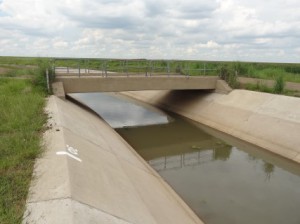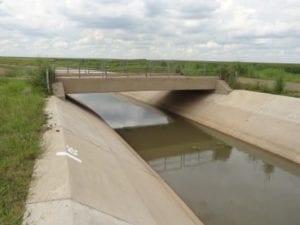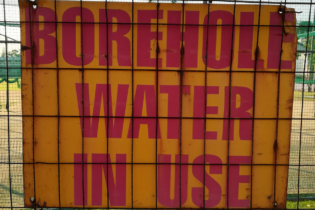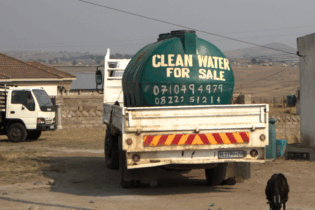
The Vlakfontein Canal rehabilitation project is an example of the growing water infrastructure market
Trenchless technologies taking the lead
The fact that large metropolitan areas have to rehabilitate their reticulation networks has resulted in a trend for far less disruptive pipe-laying technologies.The current emphasis is trenchless technologies, which involves pulling a new pipe into an existing one.
“That technology is very advanced at the moment, with the majority of the pipe being HDPE, because it is such a hardy product. In addition, the necessary connections are quite easy, while it is a relatively simple system to put together, especially using Plasson ElectroFusion fittings, for example,” Bawden highlights. In terms of growth elsewhere on the continent, Bawden notes that Incledon is capable of piggybacking on the Dawn Africa Trading distribution network. “There is major potential in mining countries such as Tanzania, the Democratic Republic of the Congo and Zambia, for example, which have a relatively small manufacturing and distribution base, and therefore need to import much of their infrastructure products,” he concludes.







